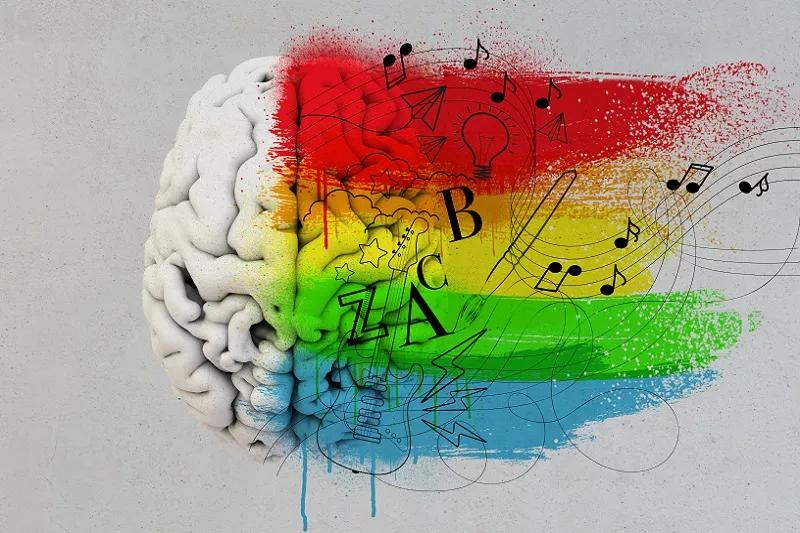ATD Blog
Scientific Learning Design: Creating a Symphony of Learning for the Brain
This blog explores scientific learning design to leverage our understanding of how the brain learns and forms memories to create experiences that are not only engaging but also effective.
Thu Apr 04 2024

Designing effective learning experiences isn’t just about throwing together some slides and hoping for the best. No, my friend. It’s an intricate dance between the complexities of the human brain and the art of pairing that with methodology and theory to create what I call a symphony of learning. Welcome to the world of scientific learning design.
Let’s start at the very core of it all: the brain. Ah, the magnificent brain, a powerhouse of neurons firing off signals, forming connections, and storing memories. But understanding the brain isn’t a walk in the park. It takes diving deep into the realms of neuroscience, unraveling the mysteries of how this intricate organ operates. Fortunately, translators, scientists, and practitioners like myself have done that heavy lifting so you don’t have to!
Every learning experience we create interacts with the brain in unique ways. From the moment information is presented, the brain starts working under the hood of our skulls, processing, analyzing, and storing it for later use. Knowing how some of these things work and having some fundamentals of how the brain does it all is a game changer—not only to us learning designers and those of us in the profession but to all of us as humans.
But here’s the kicker: Not all learning experiences are created equal. Some stick like glue, while others fade into oblivion faster than you can say “neuroplasticity.”
That’s where scientific learning design comes into play. It’s about leveraging our understanding of how the brain learns and forms memories to create experiences that are not only engaging but also effective. We’re talking about tapping into the brain’s natural mechanisms, exploiting its quirks and tendencies to maximize focus, attention, and retention.
One of the fundamental principles of scientific learning design is understanding neuroplasticity. This fancy term refers to the brain’s remarkable ability to rewire itself in response to new experiences. Think of it as a never-ending construction site, with neurons constantly building and remodeling connections based on the input they receive.
As learning designers, we can harness not only the understanding of neuroplasticity but also some other critical elements, as mentioned above (attentional networks, focus, memory, and more), to create experiences that help to create change in someone else’s brain.
But neuroplasticity is just the tip of the iceberg. We also need to consider factors like behaviors, habits, methods, and motivation. After all, what good is a learning experience if we don’t strategically and effectively manage our learning processes?
That’s where cognitive psychology and behavioral science come into play. We draw upon a wealth of research on topics like attentional control, metacognition, memory encoding, and intrinsic motivation to inform our design decisions. We’re talking about chunking information to improve retention and work with specific memory systems, incorporating spaced repetition to reinforce learning at the right times and in the right places, and using novelty to keep engagement but not overusing it and having the opposite effect.
But it’s not just about combining a bunch of fancy techniques and hoping for the best. Scientific learning design is a delicate balance of art and science.
And let’s not forget about the importance of feedback and iteration. In the world of scientific learning design, we’re constantly testing, tweaking, and refining our approaches based on empirical evidence and real-world feedback. It’s an ongoing process of discovery and refinement, driven by a relentless pursuit of excellence.
So, my friend, the next time you find yourself tasked with designing a learning experience, remember this: It’s not just about pretty slides and flashy animations. It’s about understanding the intricate dance between the brain and the art of learning design. It’s about harnessing the power of neuroscience to create experiences that are not only engaging but also effective, giving people a chance to join forces with their brain.
Welcome to the world of scientific learning design.
And if you’ll be in New Orleans, Louisiana, for ATD24, I’ll be there on Day 1! Come on by. Also, check out Joining Forces With Your Brain—a scientifically designed, interactive learning journey where you can engage and learn more about your brain and learning! The first chapters are free!
